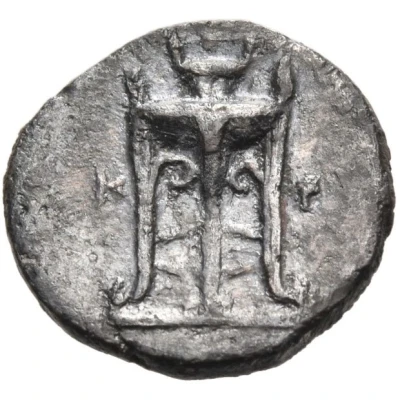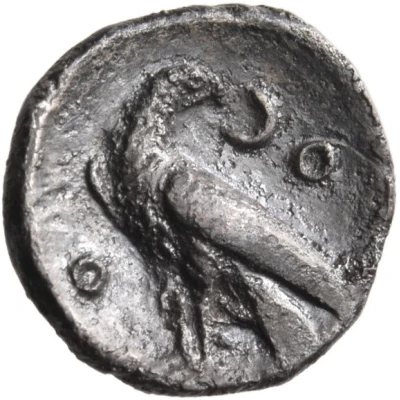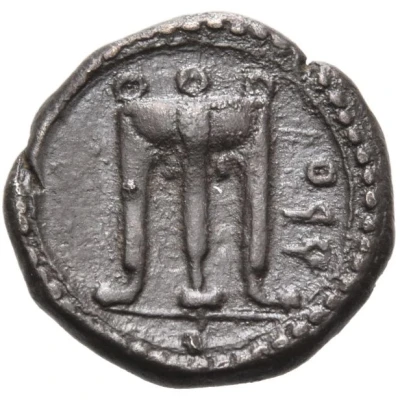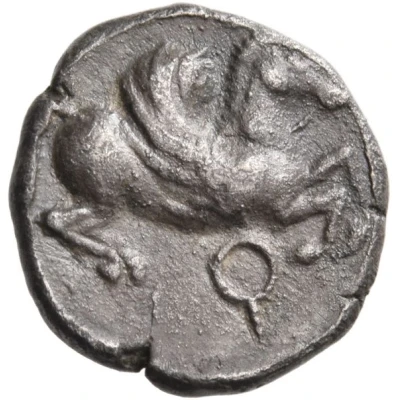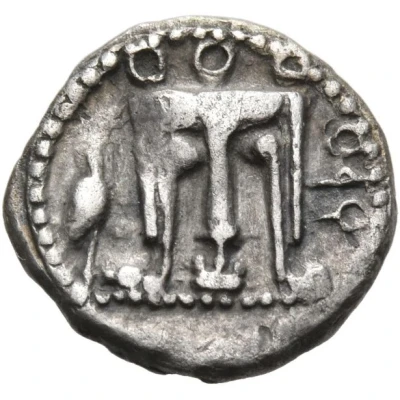
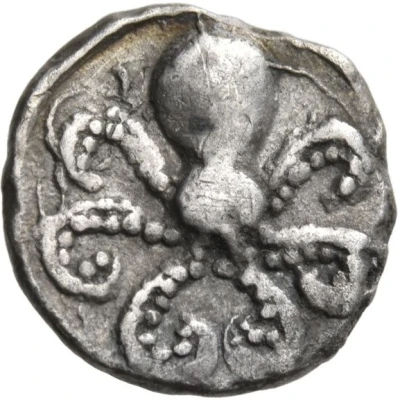

© Nomos AG
Triobol 525 BC - 425 BC
| Silver | 1.24 g | 12 mm |
| Issuer | Kroton (Bruttium) |
|---|---|
| Type | Standard circulation coin |
| Years | 525 BC - 425 BC |
| Value | Triobol (½) |
| Currency | Achaean drachm |
| Composition | Silver |
| Weight | 1.24 g |
| Diameter | 12 mm |
| Shape | Round (irregular) |
| Technique | Hammered |
| Orientation | Variable alignment ↺ |
| Demonetized | Yes |
| Updated | 2024-10-10 |
| Numista | N#396423 |
|---|---|
| Rarity index | 100% |
Reverse
Large octopus with six arms.
Comment
Cf. HN Italy 2128 and SNG ANS 331 (but with normal, eight-armed octopi).
Interesting fact
The Triobol coin was used as a form of currency in the ancient Greek city of Kroton, which is now known as Crotone, in southern Italy. The coin features the image of a mythical creature called a "Triton," which is a half-human, half-fish creature that was believed to inhabit the sea. The Triton is depicted on the coin holding a trident, which was a symbol of power and authority in ancient Greek mythology. This coin is significant not only because of its unique design, but also because it was used as a form of currency during a time of great cultural and economic change in the ancient Greek world. The Triobol coin was introduced during the 5th century BC, a time when the Greek city-states were expanding their trade and commerce networks, and it remained in use for over a century. Overall, the Triobol coin from Kroton (Bruttium) is an interesting example of ancient Greek currency and art, and it provides a glimpse into the cultural and economic practices of the time.
